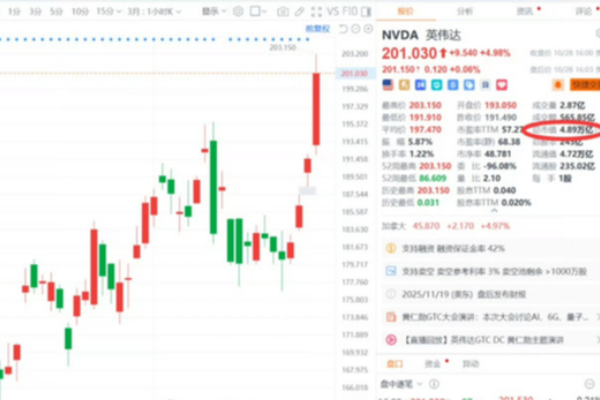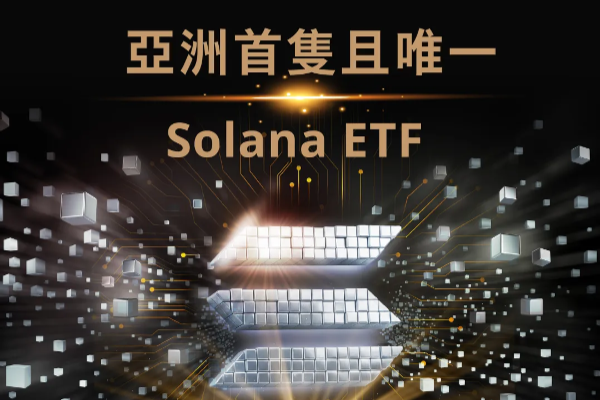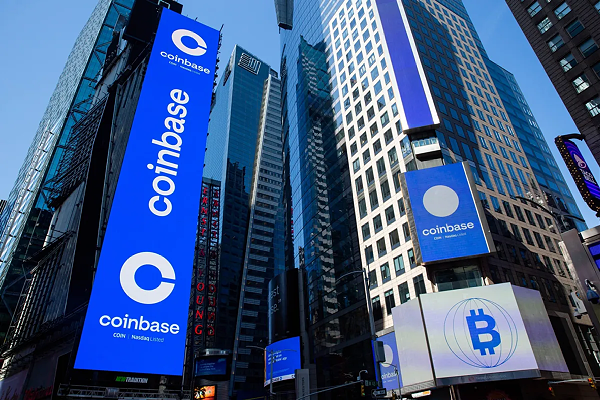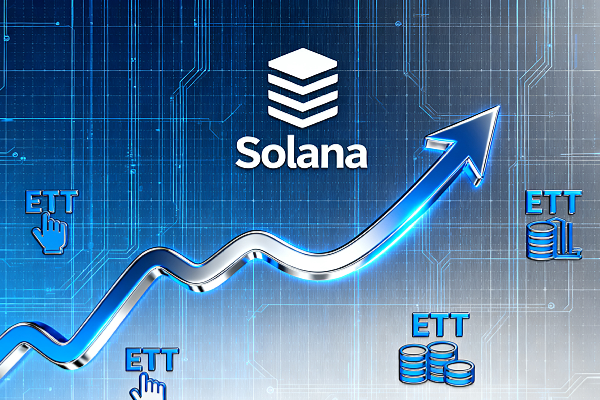Russian version of "Ruble Stablecoin" is released: Executives explain seven features of Tether (USDT)

The concept of a Russian ruble stablecoin received special attention at the Moscow Blockchain Forum, a major local cryptocurrency event, where several industry executives discussed the core features that such a stablecoin might need.
Sergey Mendeleev, founder of digital settlement exchange Exved and inactive founder of sanctioned exchange Garantex, proposed seven key criteria for a potential "Tether clone" in his keynote speech at the Blockchain Forum on April 23.
Mendeleev said a potential ruble stablecoin would have to make transactions untraceable and allow transfers without KYC checks.
However, he expressed doubts about the emergence of such a product in the short term, as one of the criteria also requires the stablecoin to comply with Russian regulations.
Admiration for the DAI model
Mendeleev proposed that Russia's potential "Tether clone" would have to adopt an overcollateralization mechanism like the Dai (DAI) stablecoin model. DAI is a decentralized algorithmic stablecoin that maintains a 1:1 peg to the US dollar through smart contracts.
"Thus, any purchaser will understand that the contract is based on overcollateralized assets, not in some unknown account, which can be freely verified by simple cryptographic methods," he said.
Mendeleev pointed out that another necessary feature is to maintain excess liquidity on both centralized and decentralized exchanges, and he emphasized that users must be able to redeem the stablecoin at any time.
According to Mendeleev, a viable ruble-pegged stablecoin must also support non-KYC transactions, so that users can use it without submitting personal information.
He made it clear: "The Russian ruble stablecoin should provide a way to use it without disclosing personal information."
At the same time, Mendeleev added that holders of the coin should be able to receive interest income, which can be achieved through smart contracts.
Russia chooses a centralized path
Mendeleev also suggested that the Russian version of Tether should have untraceable and low-cost transaction characteristics, and its smart contracts should not support freezing or blocking functions.
The final standard is that the stablecoin must comply with Russian regulations, but Mendeleev believes that the current regulatory environment is not yet mature.
"If all seven conditions are met, it will become a real alternative and at least help us compete with existing market solutions," he said at the conference, adding: "Unfortunately, from a regulatory perspective, we are currently moving in the exact opposite direction, towards absolute centralization rather than legal liberalization, and strengthening prohibitions rather than relaxing them."
Viable solutions
Mendeleev told Cointelegraph that despite the negative regulatory environment, a Russian version of Tether is technically feasible.
"Except for the anonymous transaction function, the other technologies are mature and have been implemented in multiple projects, but have not yet been integrated into a single project," he explained. The cryptocurrency advocate specifically mentioned project cases that are worth learning from, including the A7A5 stablecoin pegged to the ruble and DAI's anti-blocking smart contracts.
Mendeleev stressed that regulation is necessary but far from sufficient, and the most critical challenge is to win the trust of users - users must see the ruble stablecoin as a valid competitor to mainstream alternatives such as Tether.
The latest developments show that the deputy director of the Financial Policy Department of the Russian Ministry of Finance has urged the government to speed up the development of the ruble stablecoin. At the same time, the Russian Central Bank continues to promote the development of the digital ruble. According to Finance Minister Anton Siluano, the digital ruble is planned to be fully promoted to commercial banks in the second half of 2025.









